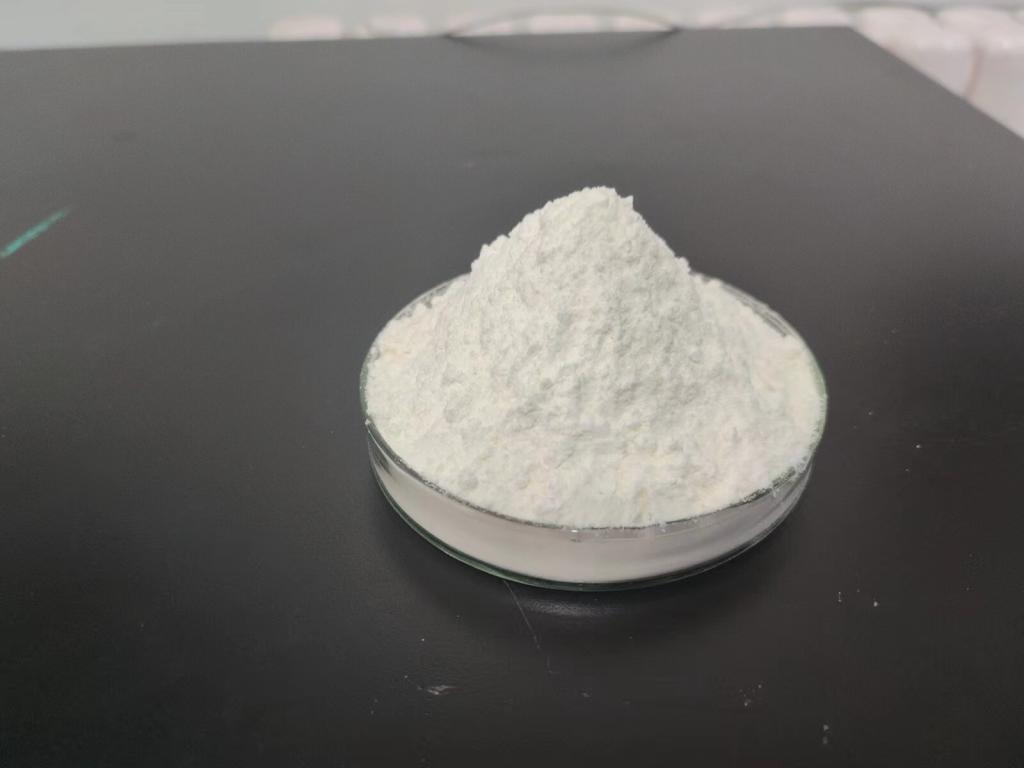Tel:0086 18231198596

News
Current Position:
Home >
News
>ε-Polylysine Hydrochloride: Pioneering Solutions for Unhygienic Food Handling Risks.
ε-Polylysine Hydrochloride: Pioneering Solutions for Unhygienic Food Handling Risks.
TIME:2023-09-21
Understanding Foodborne Illnesses and Food Safety Risks
Foodborne illnesses, often caused by pathogenic microorganisms like bacteria, viruses, and parasites, are a widespread global health concern. These illnesses can result from the consumption of contaminated food, water, or beverages, and they present a significant burden on public health systems and economies worldwide. Key factors contributing to foodborne illness outbreaks include:
Contaminated Ingredients: Raw materials and ingredients contaminated during production and processing can introduce pathogens into the food supply chain.
Cross-Contamination: Inadequate food handling practices, such as improper handwashing, cross-contamination of utensils, and contact with contaminated surfaces, can transfer pathogens to food.
Temperature Control: Insufficient temperature control during storage, transportation, and food service can allow pathogenic microorganisms to multiply, increasing the risk of foodborne illnesses.
Inadequate Cooking: Undercooking or improper cooking temperatures may not eliminate pathogens, allowing them to survive and cause illness when consumed.
Poor Hygiene: Poor personal hygiene among food handlers, including food preparers, servers, and kitchen staff, can lead to food contamination and subsequent outbreaks.
The Role of ε-Polylysine Hydrochloride in Food Safety
ε-Polylysine hydrochloride, derived from the bacterium Streptomyces albulus, possesses powerful antimicrobial properties that make it a valuable tool in ensuring food safety:
Antimicrobial Action: ε-Polylysine hydrochloride exhibits antimicrobial activity against a broad spectrum of microorganisms, including bacteria, yeast, and molds. It works by disrupting the cell membranes of these microorganisms, preventing their proliferation.
Heat Stability: ε-Polylysine hydrochloride remains stable at high temperatures, making it suitable for use in heat-processed foods.
Low Toxicity: Extensive safety evaluations have demonstrated that ε-polylysine hydrochloride is non-toxic to humans and animals when consumed within established safety limits.
Applications of ε-Polylysine Hydrochloride in Food Safety
The application of ε-polylysine hydrochloride in food safety measures encompasses a wide range of food products and food handling scenarios:
Meat and Poultry Processing: ε-Polylysine hydrochloride is used to inhibit the growth of pathogenic bacteria such as Salmonella and Escherichia coli (E. coli) in meat and poultry products, enhancing food safety.
Dairy Products: In dairy processing, ε-polylysine hydrochloride helps control the proliferation of spoilage bacteria and pathogens, ensuring the safety and quality of products like cheese and yogurt.
Fresh Produce: ε-Polylysine hydrochloride can be applied to fresh fruits and vegetables to reduce microbial contamination and extend the shelf life of these perishable items.
Ready-to-Eat Meals: Prepackaged and ready-to-eat meals often require extended shelf life. ε-Polylysine hydrochloride aids in preventing microbial spoilage and ensuring product safety.
Food Service: In commercial food service establishments, ε-polylysine hydrochloride can be incorporated into cleaning and sanitation protocols to reduce the risk of cross-contamination.
Benefits of Using ε-Polylysine Hydrochloride in Food Safety
The utilization of ε-polylysine hydrochloride in food safety offers several significant advantages in addressing unhygienic food handling risks:
Enhanced Microbial Control: ε-Polylysine hydrochloride effectively inhibits the growth of a wide range of microorganisms, reducing the risk of food contamination and foodborne illnesses.
Extended Shelf Life: By preventing premature spoilage, ε-polylysine hydrochloride extends the shelf life of food products, reducing food waste and economic losses.
Reduced Synthetic Preservatives: Incorporating ε-polylysine hydrochloride into food safety measures allows manufacturers to reduce the reliance on synthetic chemical additives, promoting cleaner labels.
Environmental Benefits: The reduction in food waste resulting from extended shelf life can contribute to environmental sustainability by conserving resources and reducing greenhouse gas emissions.
Improved Hygiene: ε-Polylysine hydrochloride can enhance overall food handling hygiene by reducing the microbial load on surfaces, utensils, and hands.
Challenges and Considerations
While ε-polylysine hydrochloride offers significant benefits, its use in food safety is not without challenges:
Taste and Sensory Impact: High levels of ε-polylysine hydrochloride can affect the taste and sensory attributes of food products. Careful formulation and dosage are required to mitigate these impacts.
Regulatory Compliance: Adhering to regulatory guidelines and ensuring that ε-polylysine hydrochloride is used within approved limits is essential for food producers to meet safety standards.
Cost: The cost of sourcing and incorporating ε-polylysine hydrochloride can vary, and cost-effectiveness may be a consideration for some food manufacturers.
Consumer Perception: Consumer awareness and perception of ε-polylysine hydrochloride as a food preservative may influence market acceptance and product adoption.
Future Directions and Research Opportunities
The application of ε-polylysine hydrochloride in food safety is a dynamic field with opportunities for further research and innovation:
Customized Formulations: Developing customized formulations of ε-polylysine hydrochloride for specific food products and applications can optimize food safety while minimizing sensory impacts.
Consumer Education: Educating consumers about the benefits of using natural antimicrobials like ε-polylysine hydrochloride in food production can help drive market demand and shape preferences for cleaner and safer food products.
Regulatory Harmonization: Collaboration between regulatory agencies worldwide to establish clear guidelines and standards for the use of ε-polylysine hydrochloride in food safety.
Sustainability: Research into the environmental impact of using ε-polylysine hydrochloride and its potential to reduce resource consumption and waste in food production.
Conclusion
ε-Polylysine hydrochloride stands as a pioneering solution in the battle against unhygienic food handling risks and foodborne illnesses. As a safe and effective food preservative, it extends the shelf life of a wide range of products, reduces food waste, and enhances food safety. By preventing premature spoilage and ensuring food remains safe and accessible for an extended period, ε-Polylysine hydrochloride plays a pivotal role in the quest for a safer and more efficient food supply chain. As research and innovation in food safety continue to evolve, ε-Polylysine hydrochloride is poised to remain a key player in reducing foodborne illnesses and protecting public health worldwide.

 CONTACT
CONTACT




